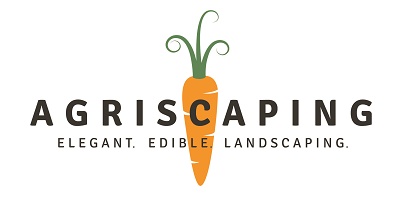Growing and Enjoying Edible Flowers: A Guide to Beautiful and Safe Blooms
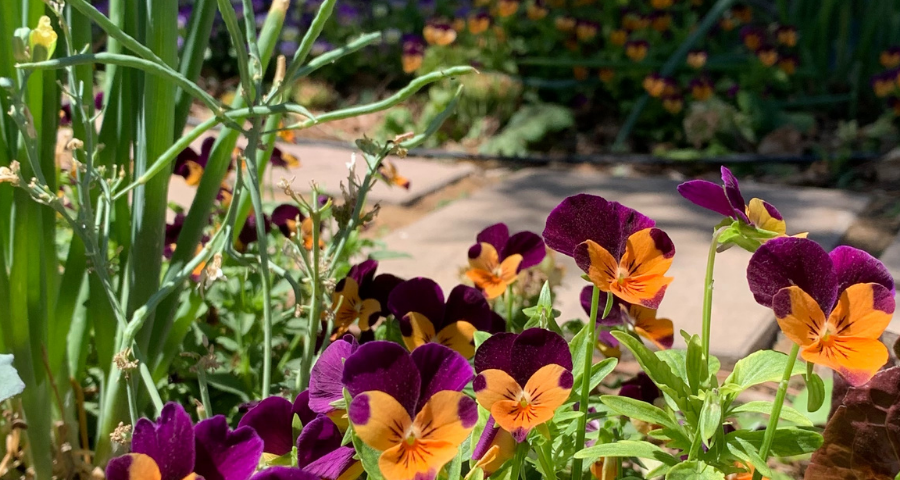
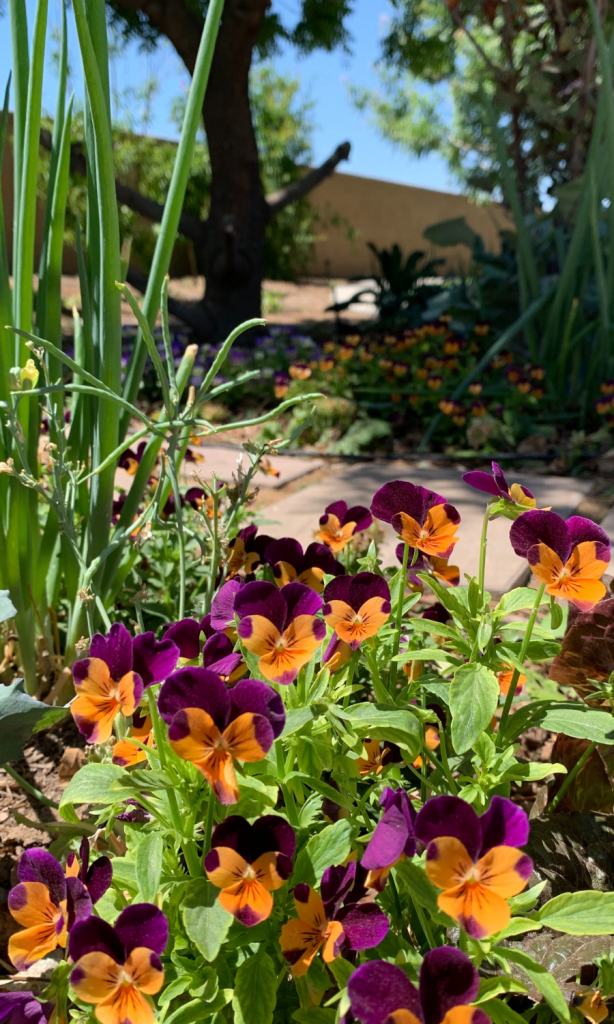
Eating flowers can be a delightful way to enhance your meals, but it’s crucial to understand them before you dive in. The source of your blooms matters—a lot. Many flowers are cultivated purely for aesthetic purposes, and their soil may be infused with pesticides. These pesticides are designed to kill pests and, unfortunately, are not safe for consumption, as they permeate every part of the flower.
If you’re planning to grow edible flowers, start with trusted sources that provide nourishing and safe plants. Be cautious about planting them near areas that may have been treated with synthetic pesticides, as flowers absorb these chemicals even more readily than fruits. Unlike surface residues, the contamination cannot simply be washed away.
Opt for natural pest deterrents when cultivating edible flowers to ensure safety. Before enjoying them, remove dust, bugs, or dirt—either by gently blowing them off or washing (only if the flower can tolerate being washed).
The benefits of eating flowers go beyond their taste and aesthetic appeal. They add vibrant colors, diverse nutrients, and a touch of whimsy to any dish. For families, edible flowers can even make salads more enticing to kids, who are often eager to try the petals.
Many flowers, such as pansies, have a dual purpose—commonly used to adorn cakes or tables, they can also serve as garnishes or accents to main dishes. Beyond culinary uses, flowers play vital roles in crop rotation and soil health. For example, sunflowers and amaranth are root crops that help loosen soil, while pea flowers enrich the nitrogen content, paving the way for greens to thrive.
Ready to dive into the world of edible flowers? Our guide provides detailed planting instructions, flavor profiles, and timing tips to help you grow and savor these stunning blooms. Access the guide by joining our free membership at agriscaping.kartra.com/page/membership.
Discover the beauty and utility of edible flowers today, and explore all the ways they can brighten your meals and your garden!

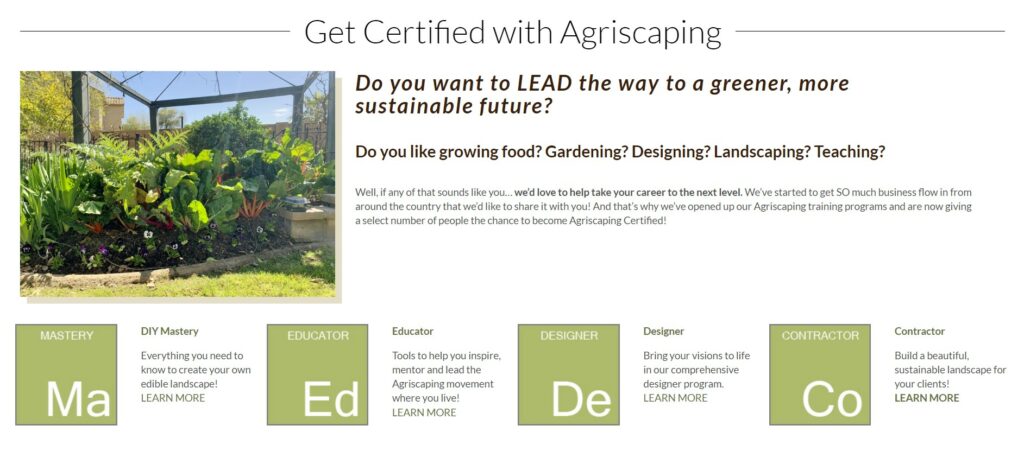
Read Our Latest Posts…
- Top 10 Winter Wonders: Beautiful and Edible Flowers for the Cool Season
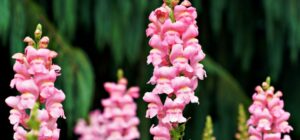 Expert tips for desert gardening, from plant zoning and efficient irrigation to soil care and agriscaping for a sustainable landscape.
Expert tips for desert gardening, from plant zoning and efficient irrigation to soil care and agriscaping for a sustainable landscape. - Create Your Own “Farmacy” with Healing and Aromatic Herbs
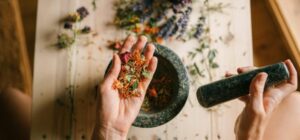 Expert tips for desert gardening, from plant zoning and efficient irrigation to soil care and agriscaping for a sustainable landscape.
Expert tips for desert gardening, from plant zoning and efficient irrigation to soil care and agriscaping for a sustainable landscape. - The Power of Healthy Soil: Where Wellness Begins
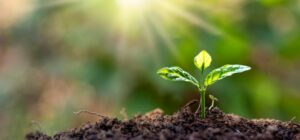 Expert tips for desert gardening, from plant zoning and efficient irrigation to soil care and agriscaping for a sustainable landscape.
Expert tips for desert gardening, from plant zoning and efficient irrigation to soil care and agriscaping for a sustainable landscape. - Innovations in Elegant Edible Landscaping
 Expert tips for desert gardening, from plant zoning and efficient irrigation to soil care and agriscaping for a sustainable landscape.
Expert tips for desert gardening, from plant zoning and efficient irrigation to soil care and agriscaping for a sustainable landscape. - Herbs: More Than Just a Pretty Face
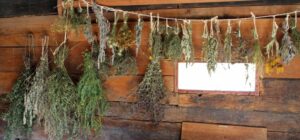 Expert tips for desert gardening, from plant zoning and efficient irrigation to soil care and agriscaping for a sustainable landscape.
Expert tips for desert gardening, from plant zoning and efficient irrigation to soil care and agriscaping for a sustainable landscape.
